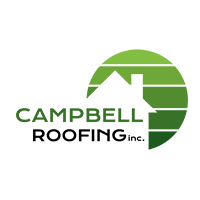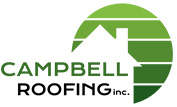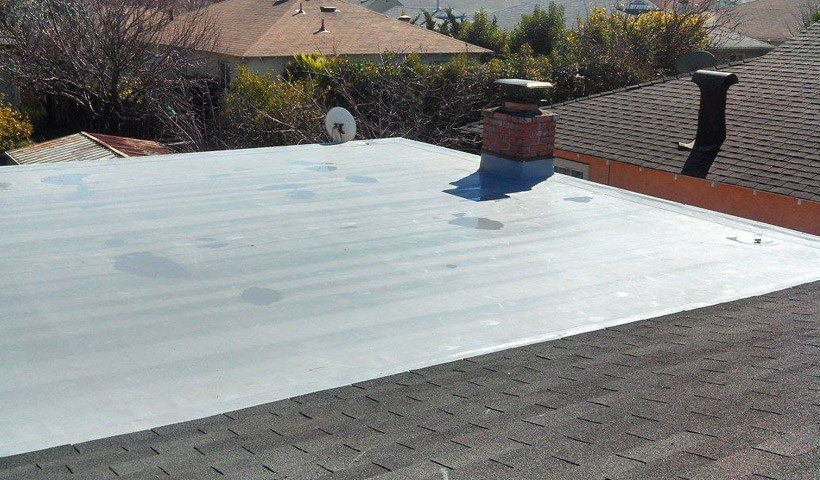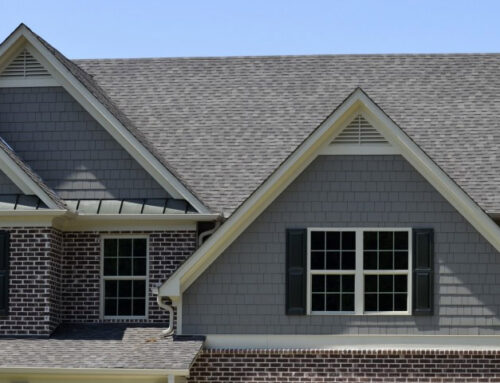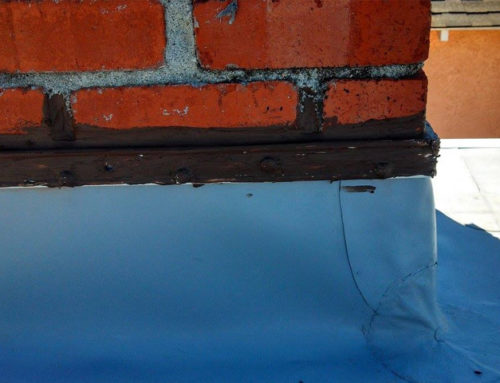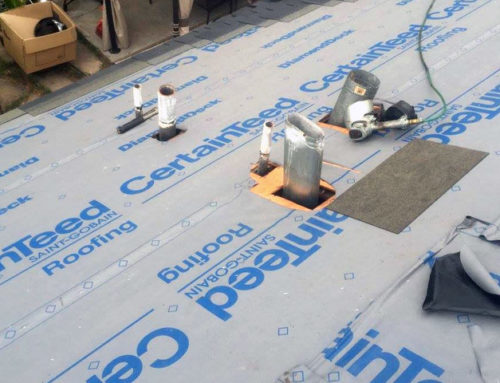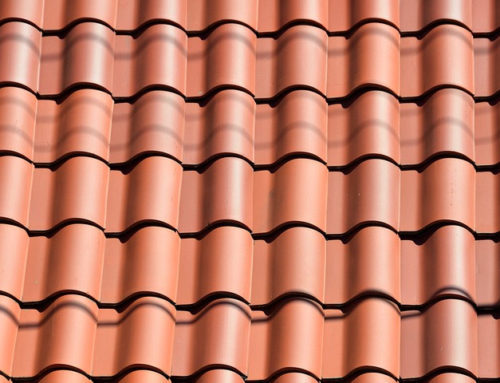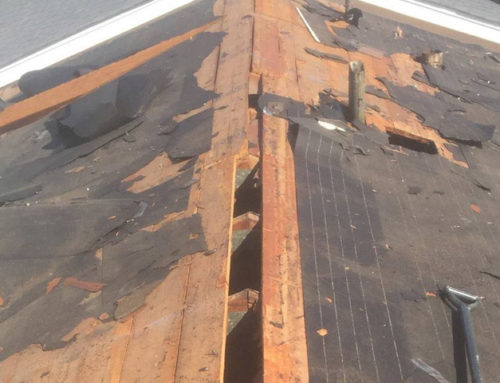Should your flat roof be sloped? It may sound more like a definitional question than a real concern. However, despite their name, flat roofs should be sloped. They installed at a pitch significantly smaller than anything you’ll see on an actual sloped roof. The pitch may actually be imperceptible when you’re looking at the roof. However, a perfectly flat roof presents problems and there must always be a slope on a roof. Here’s what you need to know about the ideal slope of your flat roof.
What is the Pitch of a Flat Roof?
Sloped roofs, like those on homes, have dramatic pitches. Their pitch is usually expressed in how many inches they rise for every 12 inches of run. So a 3:12 roof rises 3 inches for every 12 inches. This is a low-slope roof. A more typically home’s roof might be 6:12. A very steep roof might be 8:12.
A flat roof has such a subtle pitch that they rise at least one-fourth of an inch every 12 inches. This makes the typical ratio less than useful for flat roofs, so their slope is more commonly expressed in degrees, perhaps at one or two degrees of overall slope.
Different building codes will have a different minimum slope that your roofer will need to abide by when installing your roof.
Which Direction Should it Slope in?
The direction that your flat roof slopes in will matter in some circumstances. When your flat roof connects to a sloping roof, the flat portion should slope away from the pitched portion. Your flat roof should also slope towards the drains so that they pick up water and remove it from the roof.
Otherwise, the specific direction that your flat roof slopes in doesn’t matter.
What Happens if My Flat Roof Isn’t Sloped?
If your flat roof was installed without a slope or with an inadequate slope, then you are bound to face a few problems. These roofs will have trouble creating positive drainage or using a tiny bit of gravity to move water off the roof. They will therefore collect too much water. This is a big problem for several reasons:
- Damage: Standing water on your roof will damage the roof materials. It will erode them and all increase the detrimental effects of sunlight by magnifying it. The water may also encourage mold, algae and mildew growth, which can also damage the roof.
- Weight: Standing water can add considerable weight to the building. Depending on the design of the building, serious water build-up could threaten its structural integrity.
- Pests: Standing water can attract pests, including bugs, birds and mammals.
- Leaks: Your chances of developing a leak rise dramatically with an improperly sloped flat roof.
While slope problems are something to be aware of, they are rare. Most commercial roofers understand the importance of properly sloping even a flat roof. If you are concerned, a roofer can measure the slope of your flat roof for you.
